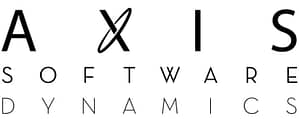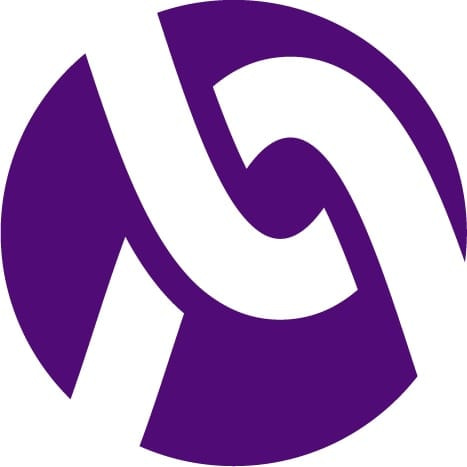In the ever-evolving landscape of web development, the demand for efficient and flexible APIs has never been higher. Traditional RESTful APIs have long been the standard for communicating between clients and servers, but a newcomer has been steadily gaining traction: GraphQL. This query language for APIs has been heralded as a game-changer in modern API development. In this blog post, we’ll explore the role of GraphQL and why it’s becoming increasingly popular among developers.
Understanding GraphQL
GraphQL, developed by Facebook in 2012 and open-sourced in 2015, is a query language designed to provide a more efficient, powerful, and flexible alternative to RESTful APIs. Unlike REST, where clients have to make multiple requests to different endpoints to fetch related data, GraphQL allows clients to request exactly the data they need in a single query.
At its core, GraphQL operates on a simple principle: clients specify the shape and structure of the data they require, and the server responds with precisely that data. This ability to define the data requirements on the client-side greatly reduces over-fetching and under-fetching of data, leading to improved performance and reduced network overhead.
Benefits of GraphQL
- Efficiency: GraphQL enables clients to retrieve only the data they need, eliminating unnecessary data transfer and reducing payload size. This results in faster response times and improved network efficiency.
- Flexibility: With GraphQL, clients have the freedom to request nested data structures, enabling more complex queries without over-fetching. This flexibility empowers frontend developers to design richer user experiences without being constrained by backend data structures.
- Versioning and Evolution: Unlike REST APIs, where versioning can lead to endpoint proliferation and maintenance challenges, GraphQL provides a single endpoint that can evolve over time without breaking existing clients. Clients can request only the fields they support, making it easier to introduce changes without impacting other consumers.
- Introspection: GraphQL’s introspection capabilities allow clients to query the schema itself, enabling powerful tooling such as auto-generated documentation, type checking, and IDE integration. This self-descriptive nature simplifies API exploration and development.
- Backend Agnosticism: GraphQL is backend-agnostic, meaning it can be implemented with any programming language or database. This flexibility allows teams to choose the best technology stack for their specific needs without being tied to a particular framework or platform.
Use Cases
- Single-page Applications (SPAs): GraphQL is particularly well-suited for SPAs, where minimizing network requests and efficiently fetching data is crucial for performance. Its ability to fetch only the required data in a single query aligns perfectly with the demands of modern frontend development.
- Mobile Applications: Mobile apps often face challenges related to limited bandwidth and variable network conditions. GraphQL’s ability to optimize data transfer by fetching only what’s needed can significantly improve the performance and responsiveness of mobile applications.
- Microservices Architecture: In a microservices environment, where multiple services interact with each other, GraphQL can act as a unified API gateway, simplifying the process of aggregating data from disparate sources. It provides a single point of entry for clients, abstracting away the complexity of the underlying services.
- Real-time Data Fetching: GraphQL subscriptions enable real-time data fetching, allowing clients to receive updates as soon as they occur. This is particularly useful for applications that require live data feeds, such as chat applications, social media platforms, and collaborative tools.
Conclusion
As the demands of modern web and mobile applications continue to evolve, so too must the tools and technologies used to build them. GraphQL represents a significant step forward in API development, offering efficiency, flexibility, and adaptability that align with the needs of today’s developers and businesses.
While GraphQL is not a silver bullet and may not be suitable for every use case, its growing adoption and widespread support from major tech companies and the open-source community signal its importance in shaping the future of API development. Whether you’re building a single-page application, a mobile app, or a complex microservices architecture, GraphQL provides a compelling solution for optimizing data transfer, improving performance, and streamlining development workflows.
Contact us today for your custom software development needs!






